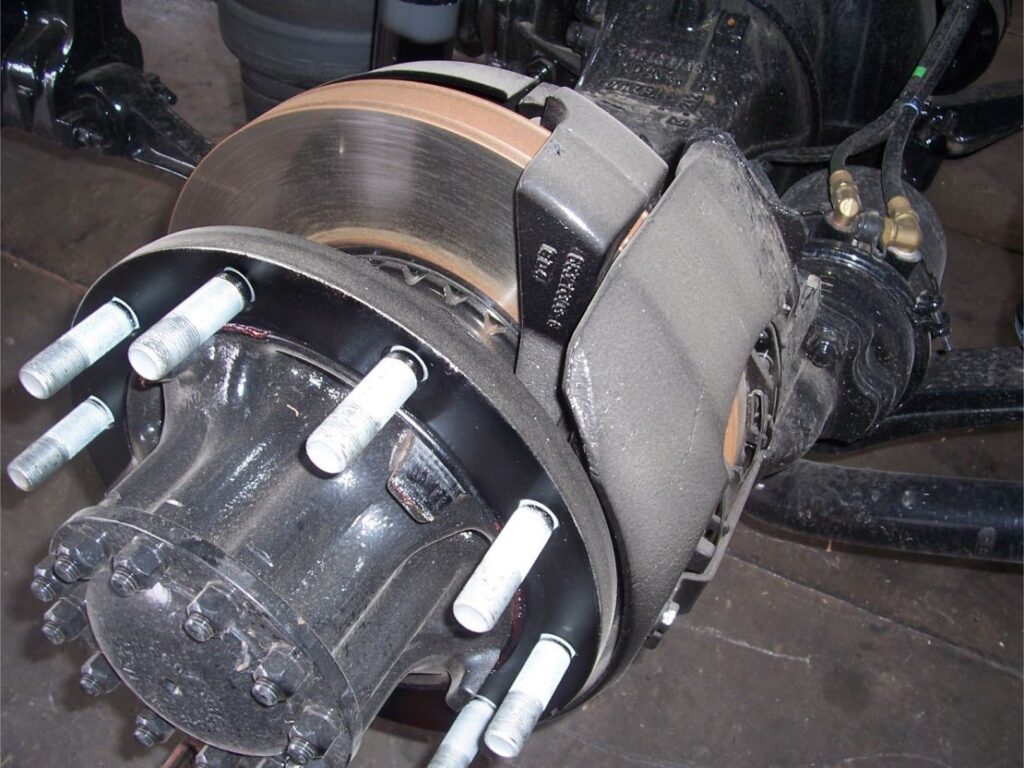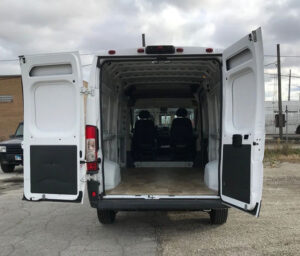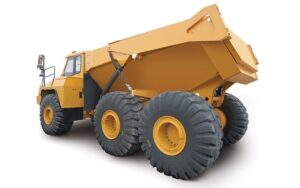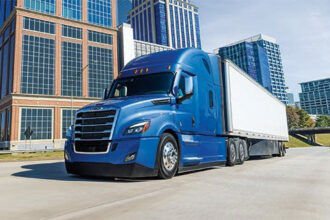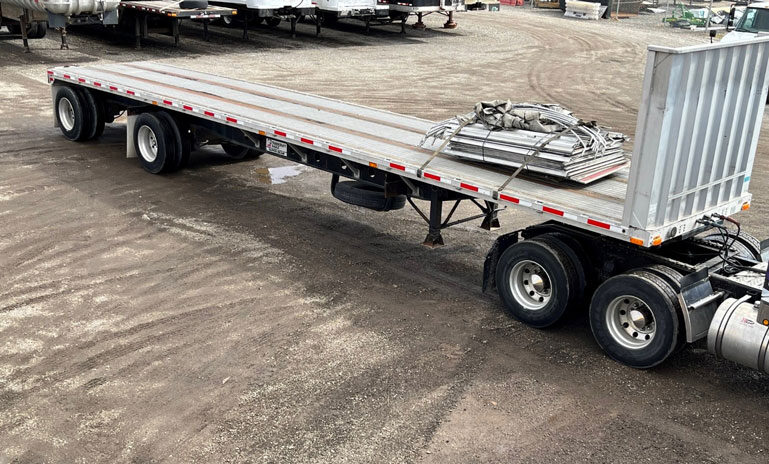Table of Contents
Mastering the intricate world of air brakes isn’t just a necessity for Commercial Driver’s License (CDL) holders; it’s a lifeline on the open road. Picture this: a symphony of compressed air, intricate components, and split-second decisions, all harmonizing to control tons of roaring steel hurtling down the highway. Understanding air brakes isn’t merely a skill; it’s an art form, a testament to a driver’s expertise and responsibility.
In this article, unravel the mysteries of air brakes, demystifying their complexity for CDL holders. Buckle up, because what lies ahead isn’t just a lesson—it’s a journey into the heart of a commercial driver’s mastery, where safety, precision, and knowledge collide to create a seamless dance of power and control.
1. Introduction to Air Brakes
Air brakes are a critical component of modern commercial vehicles, ensuring safe and efficient stopping power. Unlike traditional hydraulic brakes, which use fluid to transmit force, air brakes rely on compressed air. When the driver presses the brake pedal, compressed air is released into the brake system, activating the brake mechanisms and slowing down the vehicle.
One of the key advantages of air brakes is their reliability under heavy loads and in various driving conditions. They are especially prevalent in large trucks, buses, and trailers due to their ability to handle the substantial weight of these vehicles. Air brakes are designed with fail-safes, such as emergency brakes that engage automatically if the air pressure drops to a dangerous level, enhancing overall safety.
Understanding the principles of air brake operation is essential for drivers, particularly those with Commercial Driver’s Licenses (CDL). Proper knowledge empowers drivers to conduct regular inspections, identify issues, and operate their vehicles safely. Additionally, many jurisdictions require specialized training and endorsements for operating vehicles equipped with air brakes, underscoring the importance of comprehending this vital aspect of commercial vehicle operation.
>>>MORE: CDL Training Video General Knowledge
2. Components of an Air Brake System
The air brake system in commercial vehicles comprises several essential components, each playing a distinct role in ensuring safe braking performance.
Air Compressor
The compressor is the heart of the system. It pressurizes air, which is then stored in the air reservoirs.
Air Reservoirs
These tanks store the compressed air. There are primary and secondary reservoirs, ensuring a steady supply of air to the brake system.
Air Dryer
The air dryer removes moisture from the compressed air, preventing ice formation in the brake lines during cold weather, which could impede brake function.
Brake Chambers
Brake chambers convert the air pressure into mechanical force, activating the brake shoes against the drums or discs to create friction and slow down the vehicle.
Brake Drums or Discs
These components rotate with the vehicle’s wheels and are where the brake shoes or pads make contact, generating the necessary friction to stop the vehicle.
Brake Shoes and Pads
Brake shoes (for drum brakes) and brake pads (for disc brakes) are the friction materials that press against the brake drums or discs, creating the stopping force.
Slack Adjusters
Slack adjusters maintain the proper clearance between the brake shoes and the drums. They ensure that brakes operate effectively and wear evenly.
3. Principles of Air Brake Operation
The principles governing air brake operation are fundamental for the safe functioning of commercial vehicles. When a driver applies the brake pedal, compressed air stored in the system is released. This released air pressure activates the brake chambers, causing the brake shoes or pads to press against the brake drums or discs.
One crucial principle is balance. Air brake systems are designed to ensure that braking force is evenly distributed among all the wheels. This balance is vital to prevent skidding and maintain control, especially during emergency stops or on slippery surfaces.
Air pressure is another key principle. Adequate air pressure is essential for effective braking. Insufficient pressure can lead to brake lag, causing delays in stopping the vehicle, which can be dangerous, especially when carrying heavy loads.
Additionally, understanding brake lag is vital. Brake lag refers to the delay between the moment the driver presses the brake pedal and when the brakes actually engage. Drivers must anticipate this lag, especially when operating large vehicles, allowing for increased stopping distance.
4. Performing Air Brake Inspections
Performing air brake inspections is a critical responsibility for drivers operating commercial vehicles. Regular inspections ensure the braking system’s reliability, promoting road safety for both the driver and others on the road.
Pre-trip inspections
Before embarking on a journey, drivers must conduct a thorough pre-trip inspection of the air brake system. This includes checking for visible air leaks, ensuring proper air pressure in the system, and examining the brake components for signs of wear or damage. Brake drums, pads, hoses, and chambers should all be inspected meticulously.
Post-trip inspections
After reaching their destination, drivers should perform a post-trip inspection to identify any issues that might have emerged during the journey. Again, this involves checking for leaks, ensuring the correct air pressure, and examining all brake components. Any problems found should be reported promptly and repaired before the vehicle is used again.
Regularity and diligence
Regularity in performing these inspections is key. Even a small air leak or worn-out brake pad can compromise the entire braking system’s efficiency. Drivers must be diligent in their inspections, paying attention to detail and seeking professional assistance if they suspect any issues beyond their expertise.
5. Common Air Brake Issues and Troubleshooting
Common air brake issues can arise in commercial vehicles, affecting their performance and safety. Recognizing these problems early and understanding how to troubleshoot them is essential for drivers.
Air Leaks
Air leaks can occur in various parts of the system, leading to reduced brake pressure. Drivers must inspect all connections, valves, and hoses for signs of leaks. Applying a soapy water solution can help identify the source, which can then be repaired or replaced.
Faulty Valves
Valves control the airflow in the brake system. If a valve malfunctions, it can disrupt brake operation. Drivers should check for unusual sounds or delays in brake response, indicating valve issues. Replacement of the faulty valve is necessary in such cases.
Worn-out Brake Pads or Shoes
Over time, brake pads or shoes can wear out, reducing braking efficiency. Drivers should monitor the thickness of these components and replace them if they fall below the recommended levels, ensuring proper braking performance.
>>>PRO TIPS: Commercial Driver’s License Pre-Trip Inspection
Brake Chamber Problems
Damaged or improperly functioning brake chambers can lead to uneven braking. Drivers should inspect chambers for visible issues and ensure they operate smoothly. Faulty chambers must be replaced promptly to maintain balanced braking.
Air Dryer Failures
Air dryers remove moisture from the compressed air, preventing corrosion and ice formation. If the air dryer fails, excessive moisture can damage the brake components. Drivers should look out for warning signs such as moisture in the system and have the air dryer inspected or replaced, as necessary.
6. Air Brake Endorsement for CDL
Obtaining an air brake endorsement for a Commercial Driver’s License (CDL) is a crucial requirement for drivers operating commercial vehicles equipped with air brakes. This endorsement signifies that the driver has demonstrated the knowledge and skills necessary to operate these complex braking systems safely.
To obtain the air brake endorsement, CDL applicants typically need to pass a written knowledge test specifically focused on air brake systems. The test assesses their understanding of air brake components, operation, maintenance, and troubleshooting procedures. Applicants must correctly answer questions related to these topics to qualify for the endorsement.
Additionally, some jurisdictions may require a practical skills demonstration as part of the endorsement process. During this demonstration, applicants showcase their ability to perform tasks such as conducting pre-trip inspections, identifying components of the air brake system, and demonstrating proper braking techniques.
Having an air brake endorsement not only ensures compliance with legal requirements but also enhances a driver’s employability. Many employers prefer or require drivers to have this endorsement, recognizing the importance of skilled operators in maintaining road safety.
Summary
Mastering the complexities of air brakes is a vital skill for CDL drivers. A thorough understanding of how air brakes function, regular inspections, and adherence to safety guidelines can significantly enhance road safety. By educating themselves about air brakes, CDL drivers not only comply with legal requirements but also contribute to creating a safer driving environment for everyone. Remember, knowledge and diligence are the keys to mastering the art of air brake operation for CDL drivers.


